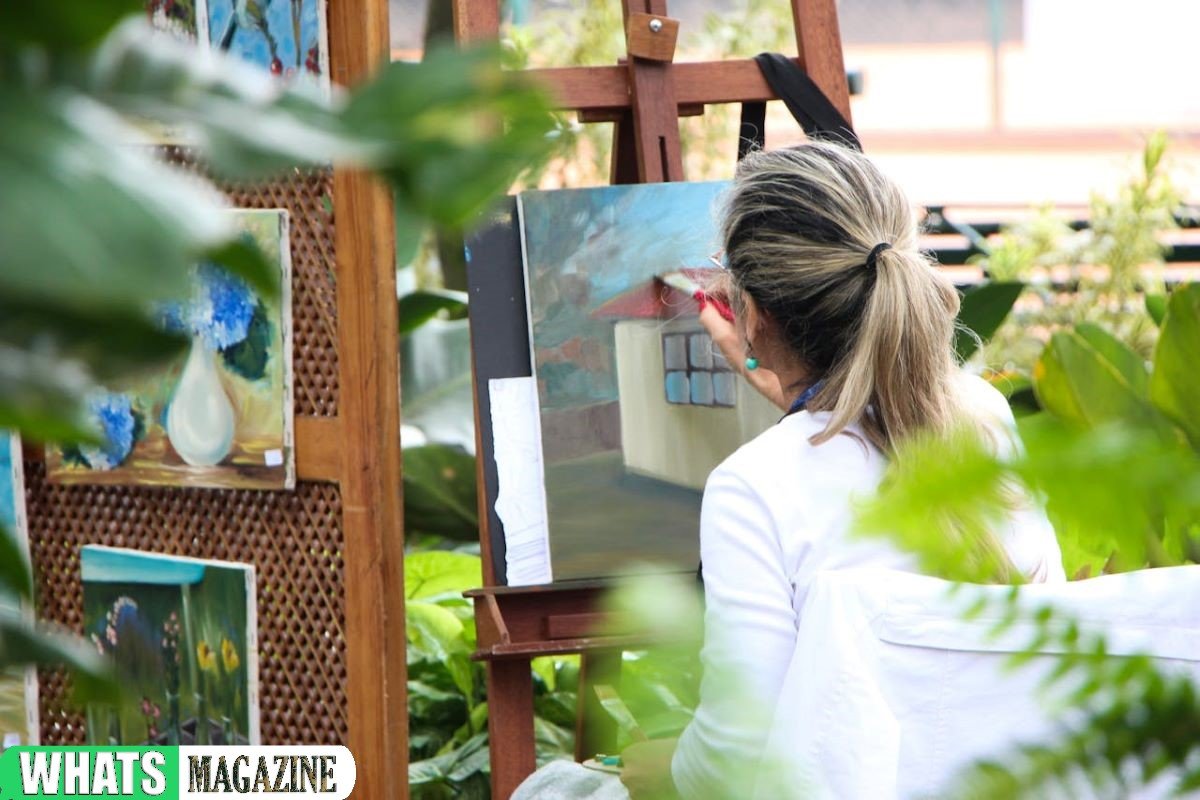Art is a living, breathing tapestry of human experience, capturing everything from the mundane to the mystical. As we delve into the realm of creativity and expression, we discover how regional influences significantly shape the visual narratives of artists. One of the exemplary figures who seamlessly wove the essence of his American background into his artwork was none other than Tom Wesselman.
In this article
The Impact of Geography on Artistic Expression
Art does not exist in a vacuum; it’s the culmination of numerous factors, including geography. A region’s landscape, climate, and natural resources can directly influence the materials available to artists and the subjects they choose to depict. Moreover, the cultural context of a region – its history, traditions, and societal norms – can deeply embed itself in an artist’s work, often shaping the art movement they align with or rebel against.
The example of Tom Wesselman: Envisioning Americana through Pop Art
The cultural fabric of the United States in the 1960s was one of innovation, commercialism, and a burgeoning consumer culture, which provided a fertile ground for the Pop Art movement. The oeuvre of Tom Wesselman stands as a compelling testament to this era. Wesselman harvested vivid imagery from popular culture and advertising, rendering them onto his canvases with a vibrant palette that echoes the spirit of American life.
His large-scale works are more than mere representations; they are vibrant celebrations of everyday objects and scenes, presented with a boldness that was both a reflection and a critique of the society from which they sprang. Through his art, Wesselman broke down the barriers between traditional ‘high art’ and the commercialized visuals that peppered the American landscape.
Art as a Mirror of Societal Values and Issues
Each stroke on a canvas, every shade chosen, tells us not just about the artist but the times they are living through. Art has always been an insightful barometer of the prevailing cultural values and issues facing a society. Works that emerge from politically charged periods often carry the weight and the voice of resistance, or of support, depending on the artist’s viewpoints.
In much the same way, art serves as a historical ledger, preserving the ethos of the time. It encapsulates everything from the politics of an era to the shifts in societal norms and attitudes. When viewers gaze upon these pieces, they witness a narrative that transcends the individual and speaks to the collective experience.
The Role of Technology and Innovation in Art
As regional influences leave their imprint on artistic expression, so too does the evolution of technology and innovation. With new tools and mediums at their disposal, artists expand the boundaries of what can be captured on canvas. The rise of digital art, for example, has introduced a whole new landscape of possibilities, from interactive installations to AI-generated pieces that challenge our very notions of creativity and authorship.
However, it’s not just the digital realm that’s ripe for exploration. Traditional forms of art continue to evolve as new materials and techniques emerge. Artists are forever pushing the envelope, experimenting with everything from biodegradable materials to incorporating live elements into their work.
Fostering a Dialogue Between the Local and the Global
On the global stage, regional art is not just a reflection of local culture; it’s a participant in an ongoing international conversation. When artists like Tom Wesselman embed their regional identity into their work, they contribute to a larger discourse that grapples with issues of globalization, cultural exchange, and the universality of human experience. This dynamic exchange enriches both the artist and the audience, as it invites a deeper understanding and appreciation of diversity.
Through exhibitions, digital platforms, and international art fairs, regional artworks cross borders, challenging viewers to see the world from different perspectives. This cross-pollination of ideas fosters a rich, multicultural tapestry that reflects the complex, interconnected world we live in. Art becomes a bridge, narrowing the gap between diverse cultures and promoting empathy and global awareness. In this way, art transcends mere aesthetic value, acting as a catalyst for social change and dialogue.
Thus, while art can be deeply personal and rooted in the specific geography and culture of its origin, it also transcends these boundaries. It becomes a universal language that can provoke, inspire, and connect individuals across the globe, regardless of their geographic or cultural background. In embracing the local, artists do not isolate themselves; rather, they contribute to a global narrative that celebrates diversity and unity in equal measure.
This universality of art speaks to common human experiences, emotions, and aspirations, making it a powerful tool for fostering global connections. It challenges us to consider our place in the world, encouraging a more inclusive and empathetic understanding of the myriad ways in which we express our shared humanity.
The Enduring Influence of Region in Art
In summary, art remains an indelible marker of regional influences, carrying with it the flavors, colors, and textures of its origin. Like the works of Tom Wesselman, these cultural canvases invite us to explore the rich tapestry of local traditions and their impact on the global art landscape. As we continue to navigate through various artistic realms, let us appreciate how regionalism not only delineates but also enriches the ever-evolving story of human creativity. This enrichment comes from the unique blend of the personal and the universal within the art, allowing us to witness the world through the eyes of others.
The regional aspects of art, with their distinctive characteristics, serve as a reminder of the diverse world we live in. They highlight the importance of preserving cultural heritage while also celebrating new, innovative expressions that emerge from the fusion of different traditions. This ongoing dialogue between the local and the global in art encourages us to rethink our assumptions about identity, place, and belonging. It opens up new pathways for understanding and collaboration, ensuring that the story of human creativity continues to unfold in increasingly complex and beautiful ways.











